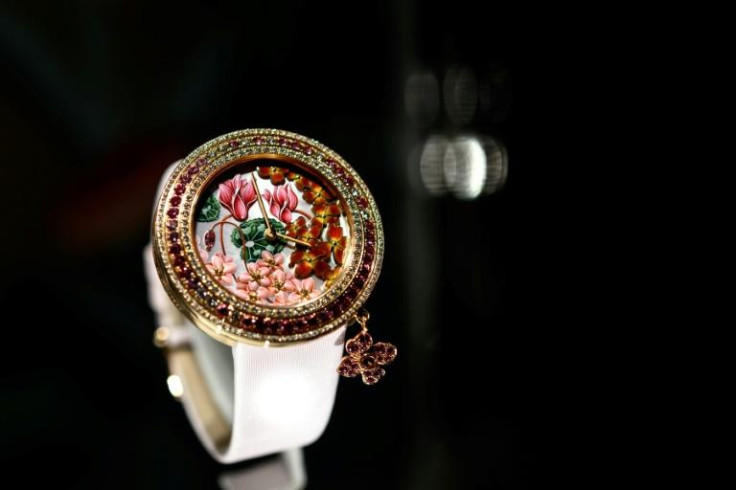Is Selling Pre-Owned Watches Tariff Proof? Second Hand Rolex Interests Rise Amidst Soaring Retail Hike
Younger buyers drive secondhand watch boom amid rising retail costs.

Rolex prices are going up because of US tariffs, but the market for pre-owned watches is booming with younger buyers.
The United States is getting set to put a 31% tax on luxury timepieces made in Switzerland. Watchmakers like Rolex are already responding by boosting their prices. But as the price of new watches goes up, a silent revolution is happening in the secondhand market. This is mostly because Gen Z and millennial shoppers are buying used watches not just to save money but also to invest.
The levy, which is part of a larger trade dispute that affects Swiss goods, will go into force in July.
The Federation of the Swiss Watch Industry said that exports of Swiss timepieces to the US rose by more than 149% year-on-year in April as brands tried to meet the deadline. Still, many customers will probably feel the effects in the next few months when stores pass on higher import costs to them.
Rise of Young Buyers
The changing market is good for established resellers like Bob's Watches, a California-based marketplace for used watches. Douglas Kaplan, the Chief Commercial Officer, told Business Insider that Bob's Watches' sales went up by 20% from March to May because 'supply stability' and younger customers were coming into the market.
Kaplan said that they're in no 'hurry to raise prices' because 90% of their stocks are from the US and are therefore not affected by the tariffs on imports.
Kaplan also said that if the prices of new models keep going up, sellers in the secondhand market may likewise want more money for their used items.
The demographic change is what stands out the most. The luxury watch market is changing because younger, more price-conscious buyers are entering it. It used to be only for rich collectors and experienced watchmakers. More and more, millennials and Gen Z see timepieces as long-term investments instead of just fashion accessories. Many people are choosing used items that have a story, are rare, and in certain situations, might even go up in value.
A 2024 Deloitte analysis on luxury trends found that more than 40% of Gen Z shoppers were willing to buy second hand luxury items. The survey said that sustainability and cost were two of the main reasons why. McKinsey's global analysis, on the other hand, says that the market for used luxury watches might grow to £47 billion by 2029, almost doubling in size in only ten years.
This shift in generations isn't just about being cheap. It also shows that people are becoming more financially savvy and looking for real assets.
Factors Behind the Shift
The motivations of Gen Z and millennial buyers vary: some are drawn to the heritage and exclusivity of discontinued models, while others are treating watches as tangible, appreciating assets in uncertain economic times.
Industry executives point to a confluence of factors : rising global wealth, fuelled in part by stock market gains and the crypto boom; the explosion of watch-focused content on YouTube, Reddit, and enthusiast sites; and the pervasive influence of social media. Instagram and TikTok, in particular, have transformed Swiss timepieces into status symbols
Rolex and other high-end Swiss manufacturers are dealing with geopolitical problems by raising prices and changing their supply chains. On the other hand, resellers like Bob's are riding a wave of change in the generations. Because tariffs are likely to make the market even tighter, the secondhand segment, which has always been considered as secondary, is swiftly becoming the main topic of conversation about luxury watches.
It's not just about telling time for young shoppers; it's about getting ahead of it.
© Copyright IBTimes 2025. All rights reserved.




















